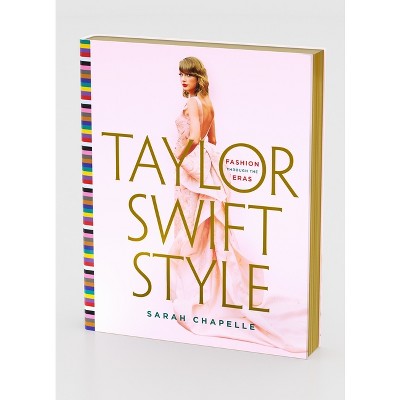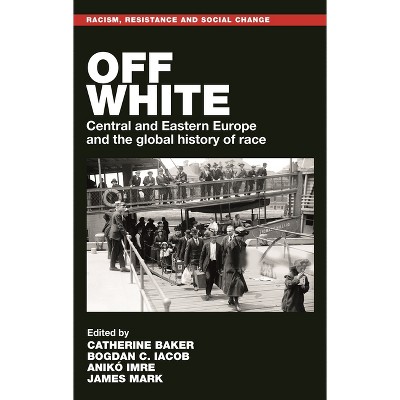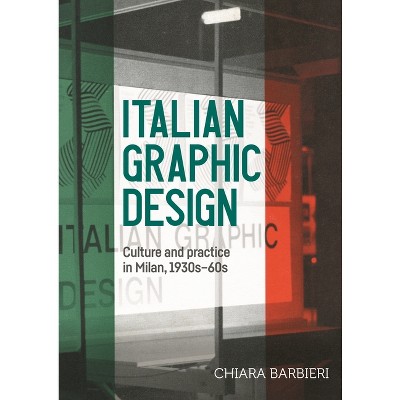Showing Resistance - (Studies in Design and Material Culture) by Harriet Atkinson (Hardcover)

About this item
Highlights
- How did exhibitions become a vital tool for public communication in early twentieth century Britain?
- About the Author: Harriet Atkinson is AHRC Leadership Fellow and Senior Lecturer in History of Art and Design at University of Brighton
- 360 Pages
- Art, Museum Studies
- Series Name: Studies in Design and Material Culture
Description
About the Book
This study charts how exhibitions were used for propaganda and political intervention during the two decades from 1933: giving urgent warnings against the rise of fascism, providing practical information about how to live frugally and signalling international political alignments, beliefs and affiliations.Book Synopsis
How did exhibitions become a vital tool for public communication in early twentieth century Britain? Showing resistance reveals how exhibitions were taken up by activists and politicians from 1933 to 1953, becoming manifestos, weapons of war and a means of signalling political solidarities.
Drawing on dozens of examples mounted in empty shops, workers' canteens, station ticket halls and beyond, this richly illustrated book shows how this overlooked form was created by significant makers including artists Paul Nash, John Heartfield and Oskar Kokoschka, architect Erno Goldfinger and photographer Edith Tudor-Hart. Showing resistance is the first study of exhibitions as communications in mid-twentieth century Britain. An electronic edition of this book is freely available under a Creative Commons (CC BY) licence.From the Back Cover
Showing resistance presents a fascinating account of how exhibitions were used for propaganda and political interventions in Britain from the interwar period to the early years of the Cold War.
Described by designer Misha Black as 'the materialisation of persuasion', exhibitions mounted in public places were recognised both by activists and government bodies as a key medium for mass public communication. They provided urgent warnings against the rise of fascism, delivered practical information on how to live frugally and signalled international political alignments, beliefs and affiliations. During the Second World War they were used by the Ministry of Information as a key tool of propaganda, and in the years that followed they helped to communicate the benefits of the embryonic welfare state. This is the first book-length analysis of the meaning and significance of exhibitions to Britain. Drawing on material from historical collections across the UK and US, it charts the work of a fascinating range of exhibition makers while addressing themes of acute contemporary relevance, such as the role of propaganda in a democracy and the cultural contribution of refugees.Review Quotes
"This is a book about a generation of designers (figures such as Erno Goldfinger, Otto Neurath and Laszlo Moholy-Nagy...) [and] more specifically a story about a generation of emigre - often Jewish - artists and designers, attempting to secure a professional foothold in 1930s Britain. 'Propaganda exhibitions' became an important vehicle (or not) for this larger process of social, political and cultural integration."
Scott Anthony in Science Museum Group Journal
Jonathan M. Woodham in Journal of Design History "Atkinson deftly examines how exhibitions conveyed messages, influenced public opinion, and reflected political and social ideologies."
Elizabeth Resnick, Prof Emerita, Massachusetts College of Art and Design, Boston "This first 'extended study' of 'persuasive exhibitions' in Britain is rich in historical detail and analysis."
Cheryl Buckley, Prof Emerita, Fashion and Design History, University of Brighton
About the Author
Harriet Atkinson is AHRC Leadership Fellow and Senior Lecturer in History of Art and Design at University of Brighton










